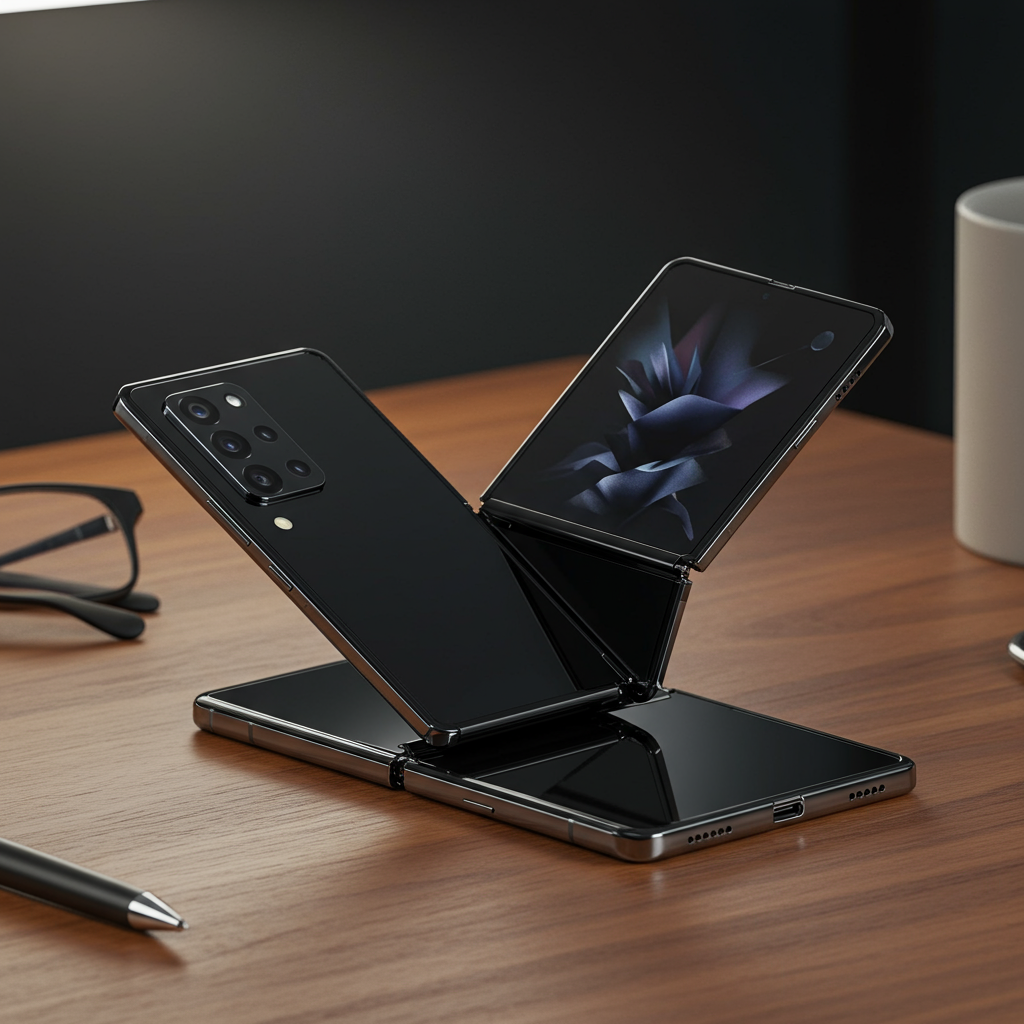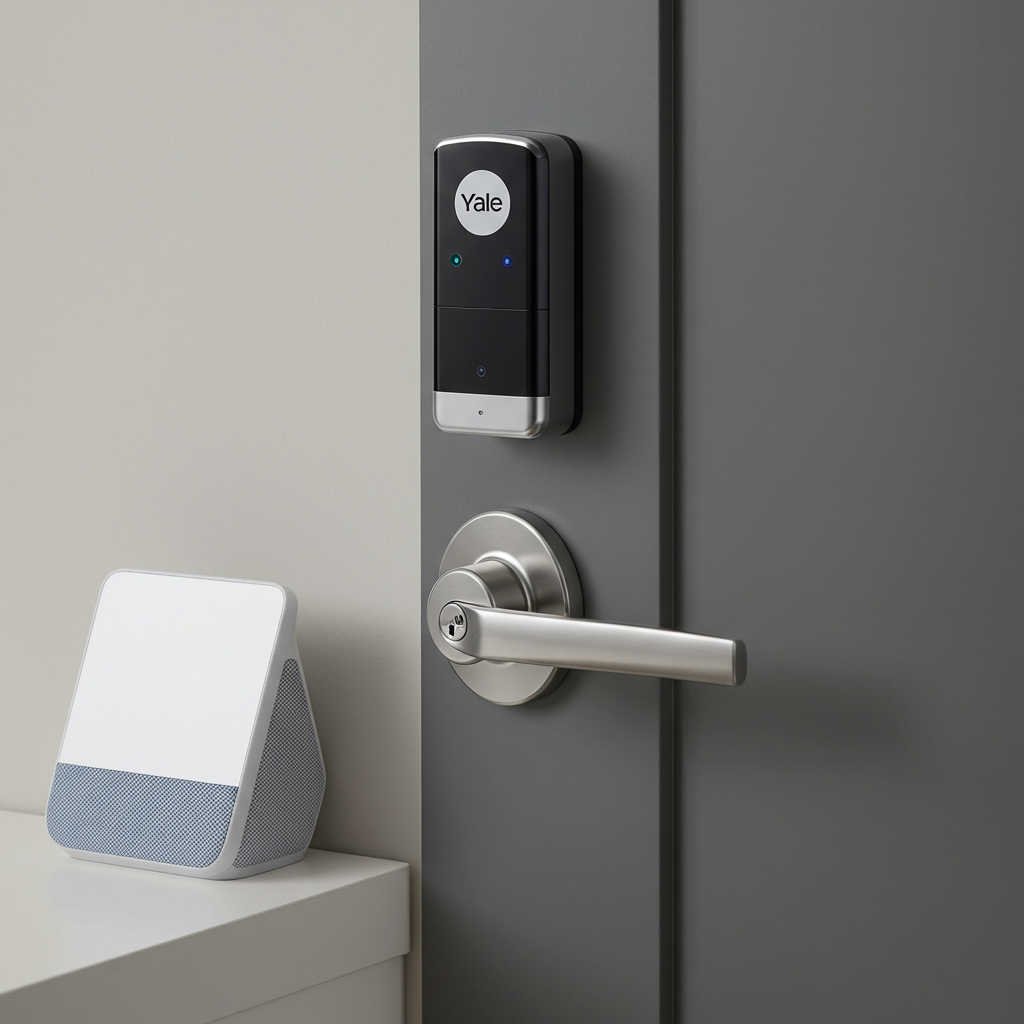Public fascination with bending phones is undeniable, yet this widespread curiosity hasn’t fully translated into significant sales. For years, the concept of a device that folds or flips open has captured imaginations. However, data consistently shows a notable gap between people interested in foldable smartphones and those actually buying them. Samsung, the most prominent player in this niche market, aims to change that narrative dramatically. With their upcoming Unpacked event on July 9th, the company appears ready to unveil significant changes. But will introducing an “Ultra” model and other updates be sufficient to finally propel foldable phones into the mainstream?
The Current State of the Foldable Market
Despite Samsung’s nearly decade-long push and Google’s entry into the space, foldable phones remain a small segment of the overall smartphone industry. Market analysis firm TrendForce estimated that foldables accounted for a mere 1.5 percent of the total smartphone market in 2024. This illustrates the challenge manufacturers face in converting interest into widespread adoption. While some brands see growth in specific areas, like Motorola’s substantial 253 percent year-over-year increase in clamshell foldable market share in 2024 (according to Counterpoint Research), this growth occurs within a still very small total market pie. In regions like the US, where Samsung was an early and vocal proponent, several generations of folding devices have yet to make a major impact on traditional slab phone dominance.
Incremental Updates Weren’t Enough
Samsung’s efforts in recent years haven’t always delivered the compelling upgrades needed to drive demand. The 2024 lineup, including the galaxy Z Flip 6 and Galaxy Z Fold 6, felt largely like minor refinements rather than revolutionary leaps. The Z Flip 6 offered mostly internal spec bumps and software tweaks. The Galaxy Z Fold 6 saw slight physical adjustments – a few millimeters trimmed here, added there – resulting in a marginally flatter folded profile. While improvements, these changes weren’t groundbreaking enough to convince large numbers of consumers to switch from their standard, often more affordable and seemingly more durable, smartphones. User feedback highlighted persistent desires for more significant design evolution and added value.
Samsung’s Expected Big Moves
Rumors and company hints suggest a much more exciting Unpacked event this time around. Samsung is widely expected to debut an “Ultra”-branded Galaxy Z Fold. This new model is rumored to feature a notably thinner design. This aims to make it more competitive with sleek foldable designs already launched by rivals like Honor and Oppo in various markets. The smaller, clamshell-style Galaxy Z Flip 7 is also expected to receive a major upgrade. Reports indicate it will get a larger cover screen, potentially mimicking the expansive external displays seen on models like Motorola’s Razr. This directly addresses a frequent user request for more usability without opening the phone. Furthermore, whispers suggest Samsung might introduce a more budget-friendly “FE” version of the Z Flip. This potential model could perhaps retain the older, smaller cover screen design to hit a lower price point. These strategic product introductions appear designed to tackle two primary barriers to foldable adoption: the high cost and perceived functional compromises compared to traditional flagship phones.
The Durability Question Lingers
Despite anticipated design and feature enhancements, a critical hurdle remains: durability. Folding phones are inherently more complex and potentially more vulnerable than their solid slab counterparts. Dust ingress remains a significant concern for the intricate hinge mechanisms. While Samsung has previously stated intentions to achieve full dustproofing, a complete IP68 rating (offering robust water and dust resistance) has yet to appear on a foldable model. Repairs for folding screens and hinges can also be significantly more expensive than standard display fixes. Asking consumers to invest a substantial amount of money, potentially over $1,000 or more, into a phone that is perceived as less resilient than a typical flagship device presents a considerable challenge. Especially in a climate where consumer electronics prices, among many other goods and services, continue to rise.
Can Market Dynamics Shift?
It’s not all challenging outlooks for the foldable future. Analysts are paying close attention to persistent rumors about Apple’s potential entry into the folding phone market, possibly around 2026. The introduction of an “iFold,” or whatever Apple might call it, could significantly expand the overall foldable market, particularly in the US. This “rising tide” effect could potentially benefit Samsung by increasing consumer awareness and acceptance of the form factor. Furthermore, Samsung’s rumored strategy of launching multiple foldable models across different price tiers, including a potential Z Flip FE, has proven successful for the company in the past with its standard Galaxy S line. Offering more options might capture a wider range of buyers. An Ultra-branded foldable with genuinely top-tier specifications could also sway some fence-sitters who have been waiting for a no-compromise folding experience. There are even hints Samsung might explore designs with more than one hinge, potentially leading to trifold concepts, showcasing ongoing innovation.
Ultra Branding Expectations
The “Ultra” designation on Samsung phones typically signifies the absolute peak of their mobile technology, often featuring the best cameras, largest batteries, and most powerful processors. Applying this label to a foldable device sets a high expectation for consumers. It suggests this new folding phone should not only offer the unique form factor but also compete head-to-head on core specifications and features with the best traditional flagships, like the Galaxy S series. For this Ultra Foldable to truly succeed and justify its name and likely premium price, it must deliver robust performance, exceptional camera capabilities, and potentially improvements in areas like battery life and charging speed that have sometimes lagged behind slab phones in the foldable space. Merely being thinner or adding a slightly better cover screen might not fulfill the promise of an “Ultra” device in consumers’ minds.
The Path Forward for Samsung Foldables
Ultimately, the success of Samsung’s next generation of foldables hinges on more than just new names or slightly thinner designs. The company must convince potential buyers that these devices offer genuine, compelling advantages that outweigh the higher cost and perceived risks. Addressing durability concerns, particularly dust resistance, is crucial for building consumer confidence. Making the unique foldable software experience truly indispensable could also drive adoption. While innovations like larger cover screens and potential FE models broaden appeal, the core challenge remains demonstrating that the benefits of a foldable phone are worth the investment and any remaining compromises compared to a traditional, highly refined flagship smartphone. The July 9th Unpacked event is Samsung’s opportunity to present its strongest case yet.
Frequently Asked Questions
What key new features are expected in Samsung’s next foldable phones?
Samsung is anticipated to launch a new “Ultra” version of the Galaxy Z Fold, rumored to be significantly thinner. The Galaxy Z Flip 7 is expected to feature a much larger cover screen, potentially covering most of the front. Reports also suggest the possibility of a more affordable Galaxy Z Flip FE model, which might retain a smaller external display to lower its cost and appeal to budget-conscious buyers.
Why haven’t folding phones become more popular despite user interest?
Despite high curiosity, actual sales of folding phones remain low, representing only about 1.5% of the smartphone market in 2024. Key reasons include their high price compared to traditional flagships, perceived fragility (especially concerning dust ingress and hinge durability), and the expense of potential repairs. Many consumers still feel the tradeoffs outweigh the benefits compared to reliable slab-style phones.
How might upcoming foldable phones from other companies, like Apple, affect Samsung?
Analysts believe that if Apple enters the foldable market, potentially around 2026, it could act as a “rising tide.” Apple’s entry could increase overall consumer awareness and acceptance of the foldable form factor. This expanded market interest might benefit Samsung by normalizing foldables and potentially driving more people to consider them, even if they ultimately choose a Samsung device over an Apple one.




